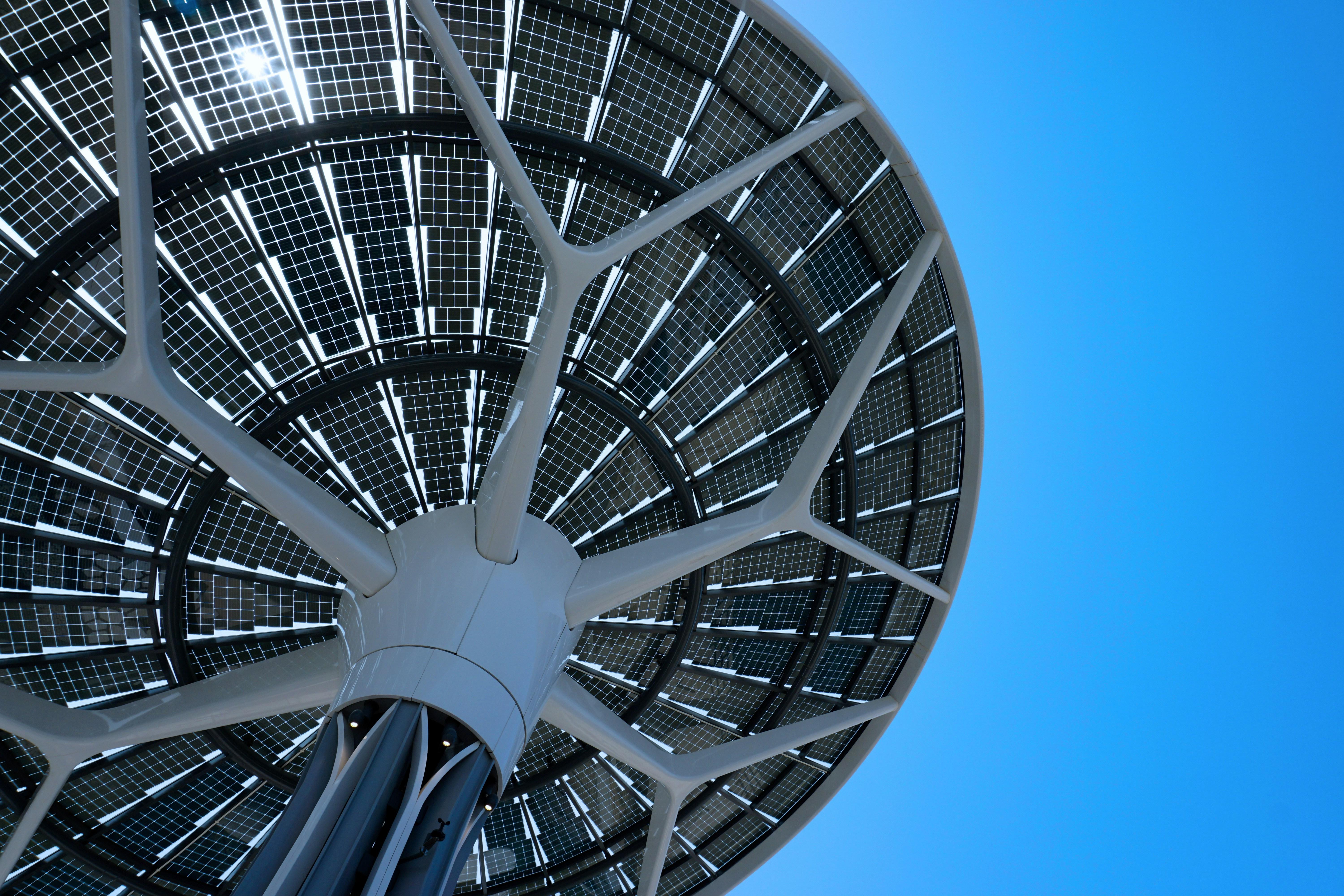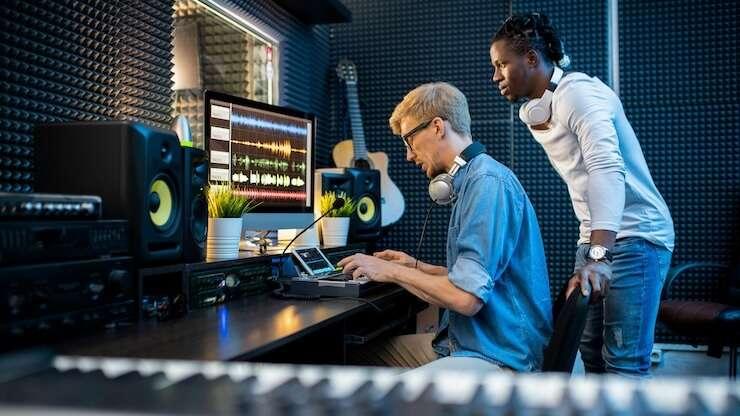In the dim glow of a theater, as the first notes of a film’s score sweep across the audience, an unseen symphony unfolds. Behind these auditory landscapes lies the meticulous craft of sound engineers, the unsung architects of cinema’s aural realms. Tasked with sculpting immersive audio environments, these experts transform silence into a canvas for emotion and storytelling. From the subtle rustle of leaves to the thunderous roar of an epic battle, every sound is a deliberate choice, weaving together a tapestry that enhances the visual narrative. This article delves into the intricate processes and innovative techniques that sound engineers employ to bring modern movies to life, inviting you to explore the world where technology and artistry converge in perfect harmony.
Crafting Sonic Realities: The Art of Sound Design
In the realm of modern cinema, the role of a sound engineer extends beyond merely capturing audio; it’s about sculpting entire auditory landscapes that transport audiences into the heart of a story. These artists wield an array of tools and techniques to craft immersive soundscapes that are as vital as the visual elements of a film. Sound design involves a blend of creativity and technical prowess, requiring engineers to manipulate sounds, both natural and synthetic, to create environments that feel authentic and dynamic.
- Layering Sounds: By stacking multiple audio tracks, engineers create depth and richness, making scenes feel more alive.
- Using Foley Art: Everyday objects become instruments to replicate sounds, enhancing the believability of the on-screen action.
- Spatial Audio Techniques: Engineers utilize these to place sounds in a 3D space, giving viewers a sense of direction and movement.
- Creative Effects: Reverb, delay, and distortion are just a few effects used to transform raw audio into something extraordinary.
These elements come together to form a symphony of sound that supports the narrative and evokes emotion, proving that the art of sound design is an essential pillar in the construction of modern cinematic experiences.
Technological Innovations in Audio Engineering
In the realm of cinema, sound engineers wield a blend of creativity and cutting-edge technology to craft immersive auditory experiences. Spatial audio and binaural recording techniques are at the forefront, allowing audiences to feel as if they are within the scene. These methods simulate how sound naturally reaches our ears, creating a three-dimensional soundscape. Meanwhile, advanced digital audio workstations (DAWs) empower engineers to manipulate sound with precision, layering effects and integrating sounds seamlessly into the narrative.
- Artificial Intelligence: Used for automating sound editing and improving audio quality.
- Virtual Reality Tools: Enhance the creation of dynamic sound environments.
- Machine Learning: Assists in generating realistic sound effects and adaptive audio systems.
Moreover, immersive sound design leverages these innovations to evoke emotion and tension, enhancing the storytelling process. By employing tools like Dolby Atmos and DTS:X, engineers can place sound elements in a three-dimensional space, enveloping the audience in the action. The meticulous combination of these technologies transforms sound from a mere background element into a pivotal component of the cinematic experience.

Layering and Texturing: Building Immersive Soundscapes
In the intricate world of sound design, layering and texturing are crucial techniques used to craft audio environments that draw audiences deep into the narrative. By meticulously stacking various sound elements, engineers create a rich tapestry that mirrors the complexity of real-life auditory experiences. Each layer, from the subtle rustle of leaves to the distant hum of city life, plays a pivotal role in enhancing the film’s atmosphere.
Sound engineers utilize a blend of techniques to achieve this immersive quality:
- Ambient Sounds: These are the background noises that establish the setting and mood.
- Foley Effects: Custom-recorded sounds that sync perfectly with on-screen actions, adding authenticity.
- Synthesized Layers: Electronic sounds that provide unique textures and emotional depth.
By weaving these elements together, engineers transform ordinary scenes into extraordinary experiences, ensuring that the audience is not just watching a movie but living it.

Expert Recommendations for Aspiring Sound Engineers
For those looking to dive into the world of sound engineering, experts emphasize the importance of a solid foundation in both technical skills and creative instincts. Here are some key recommendations:
- Invest in Education: Pursue formal training through courses or workshops to understand the fundamentals of acoustics, mixing, and digital audio workstations (DAWs).
- Hands-On Experience: Seek internships or volunteer opportunities on film sets or in studios. Real-world experience is invaluable.
- Network: Build connections with filmmakers, musicians, and fellow sound engineers. Collaboration often leads to learning and career opportunities.
- Stay Updated: Technology in sound engineering evolves rapidly. Keep abreast of the latest tools and software to remain competitive.
- Develop a Keen Ear: Train your ear to distinguish subtle audio nuances. This skill is crucial for creating immersive audio environments.
By following these expert tips, aspiring sound engineers can effectively pave their way to success in the dynamic field of modern movie production.

